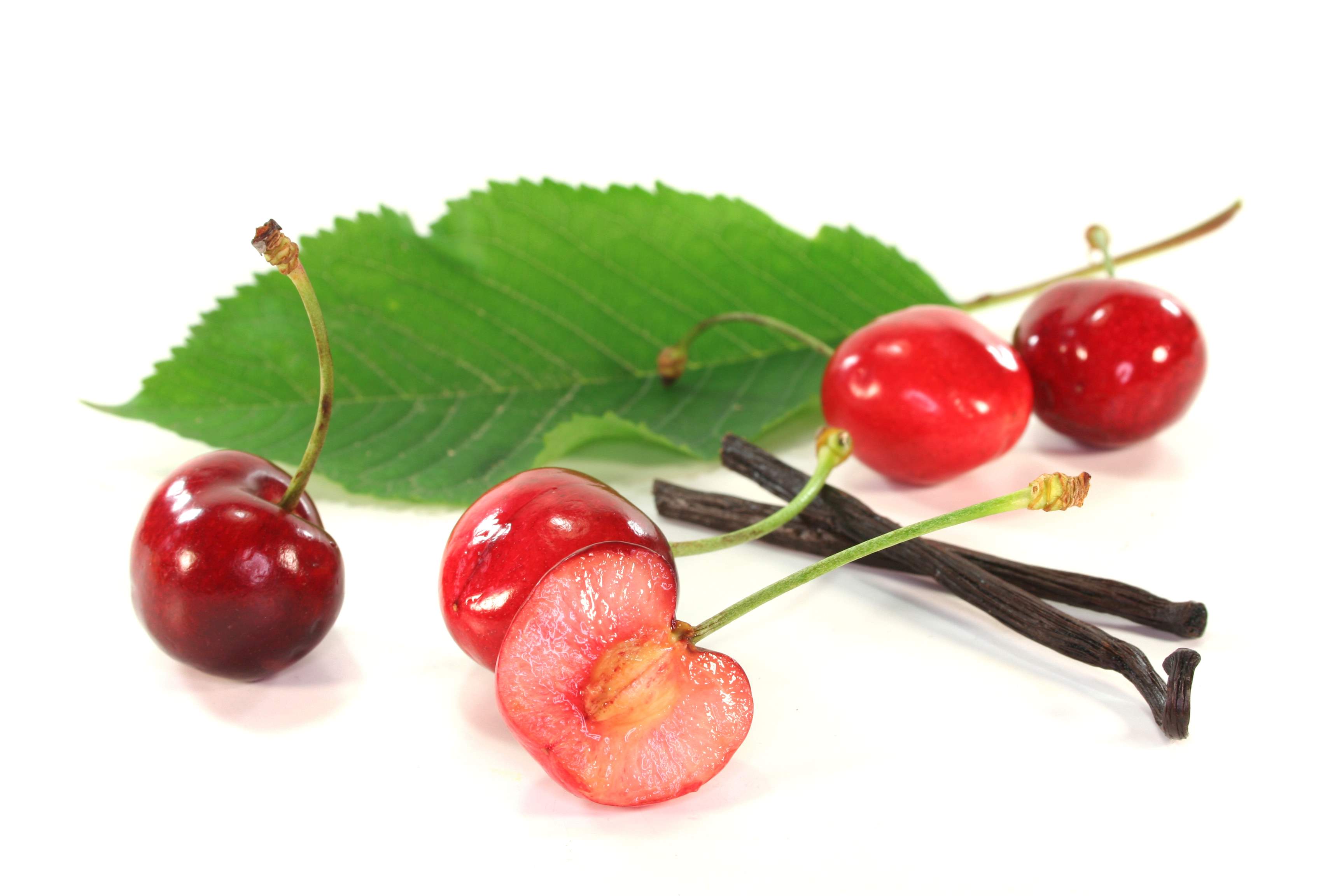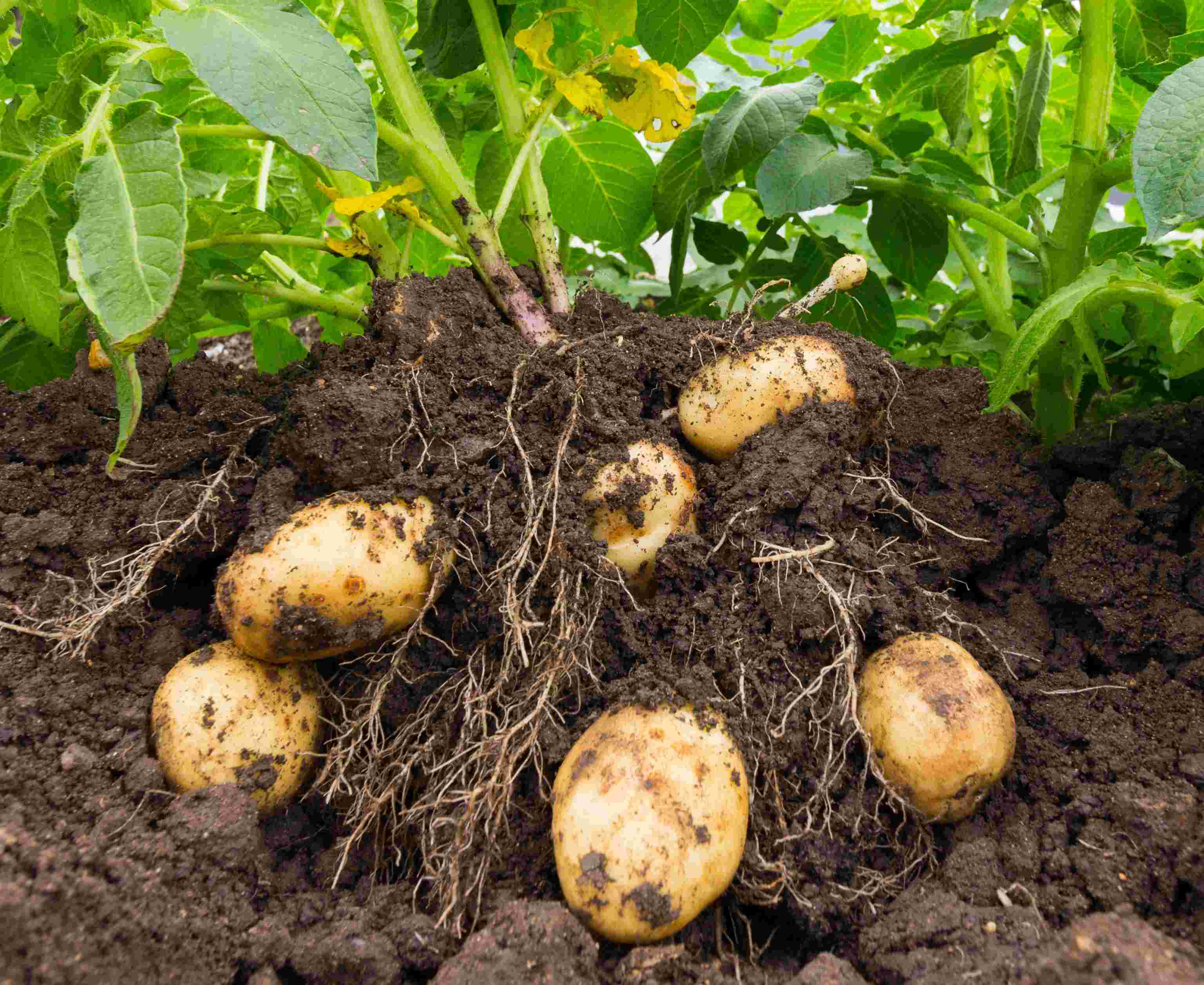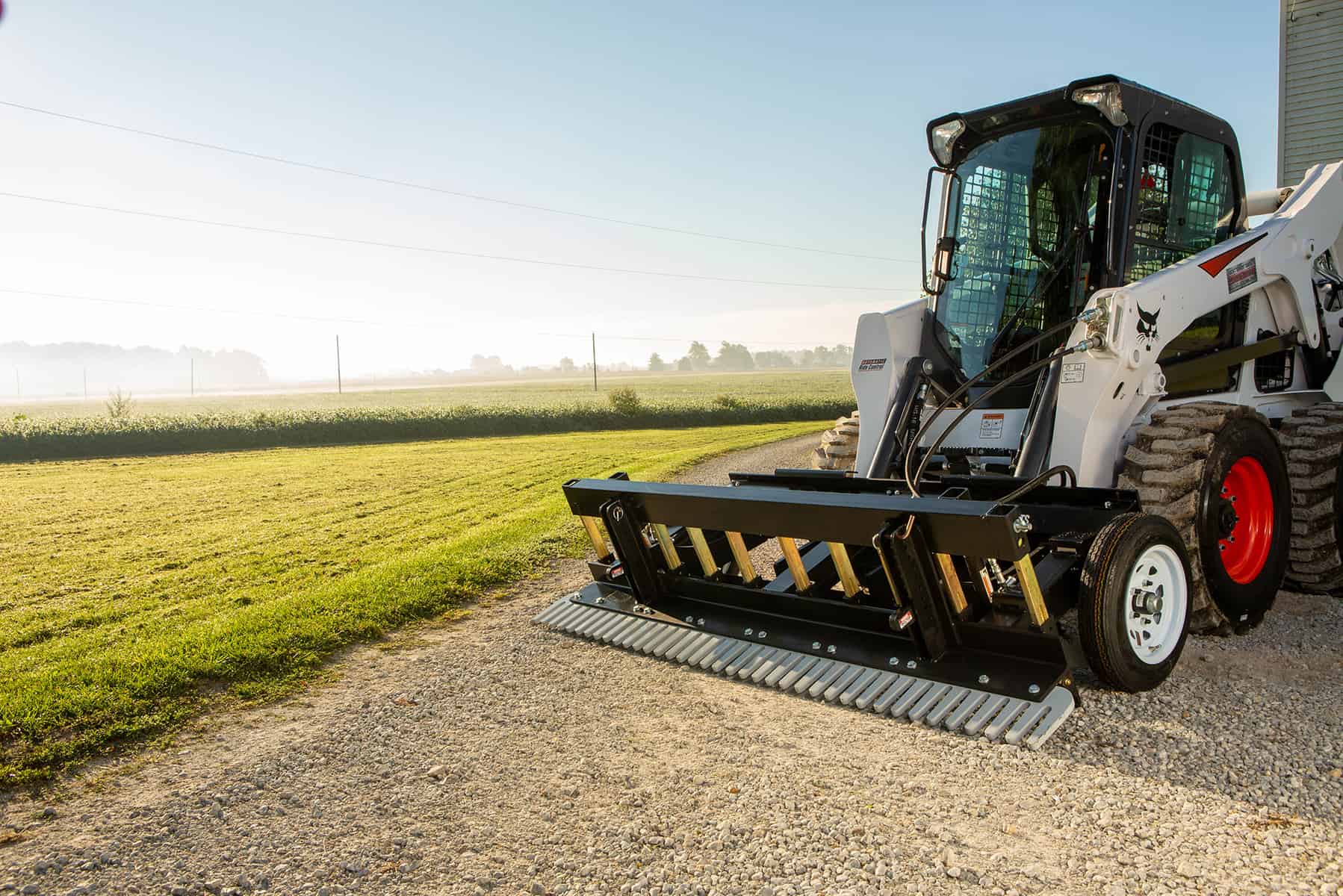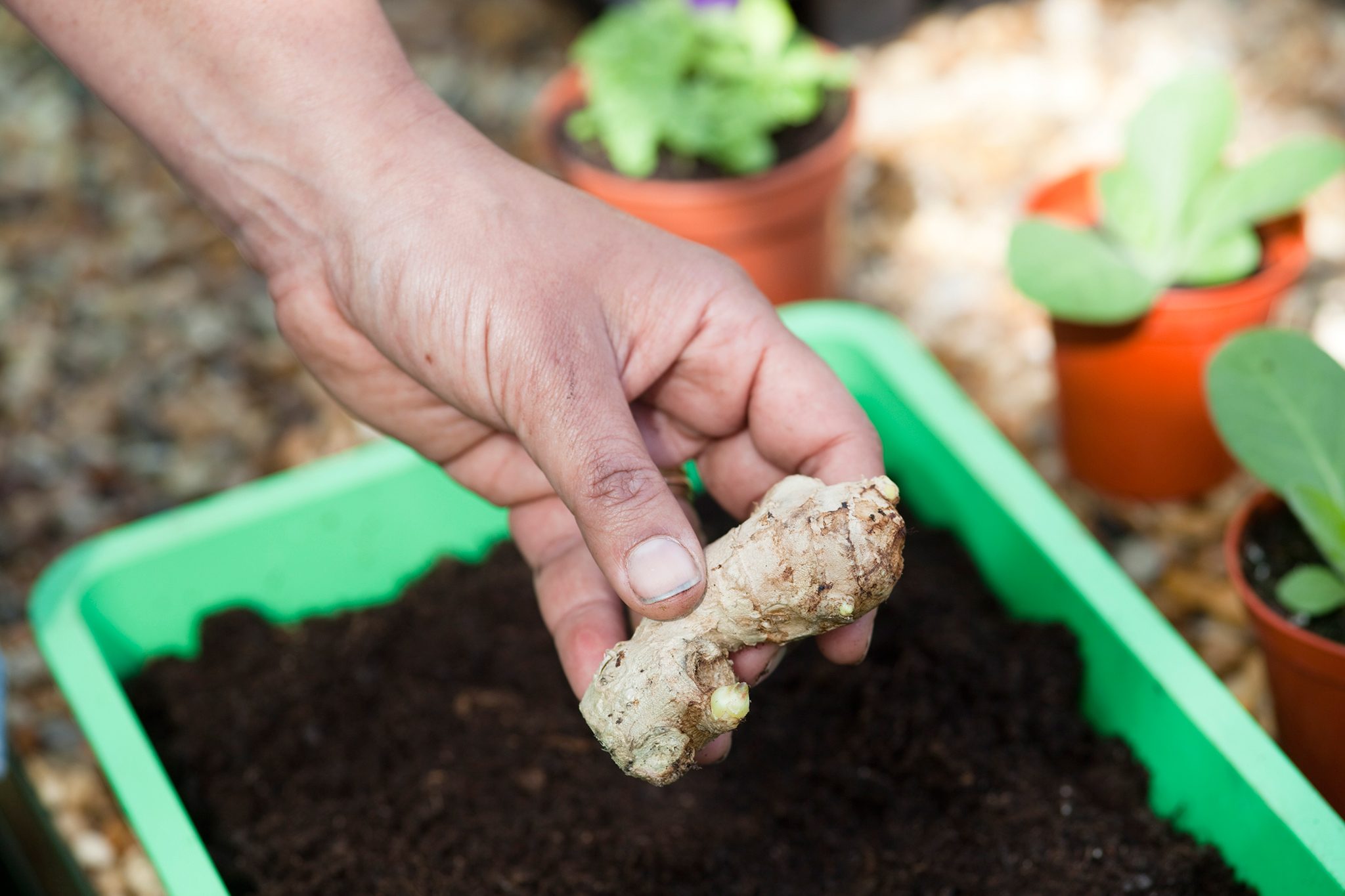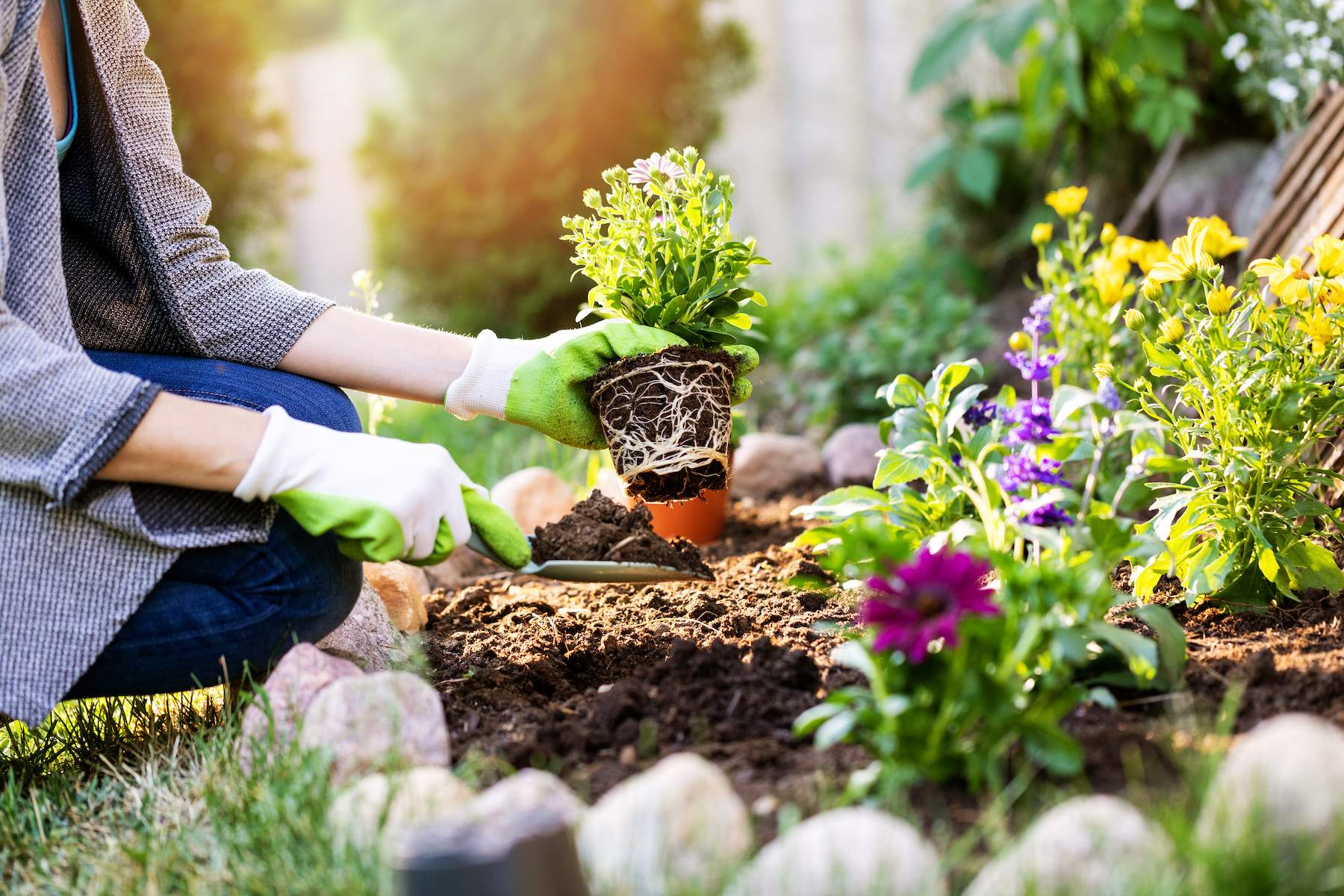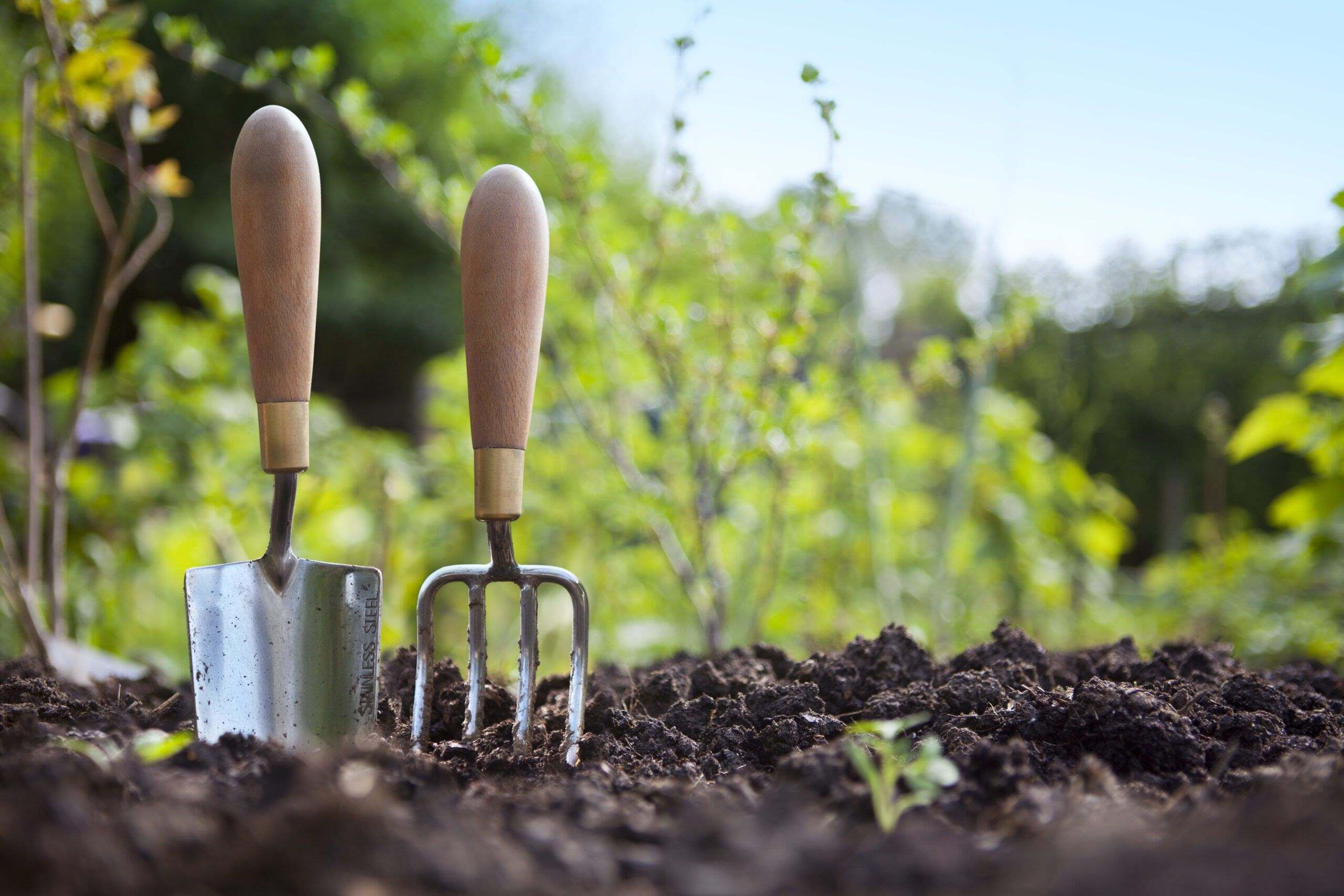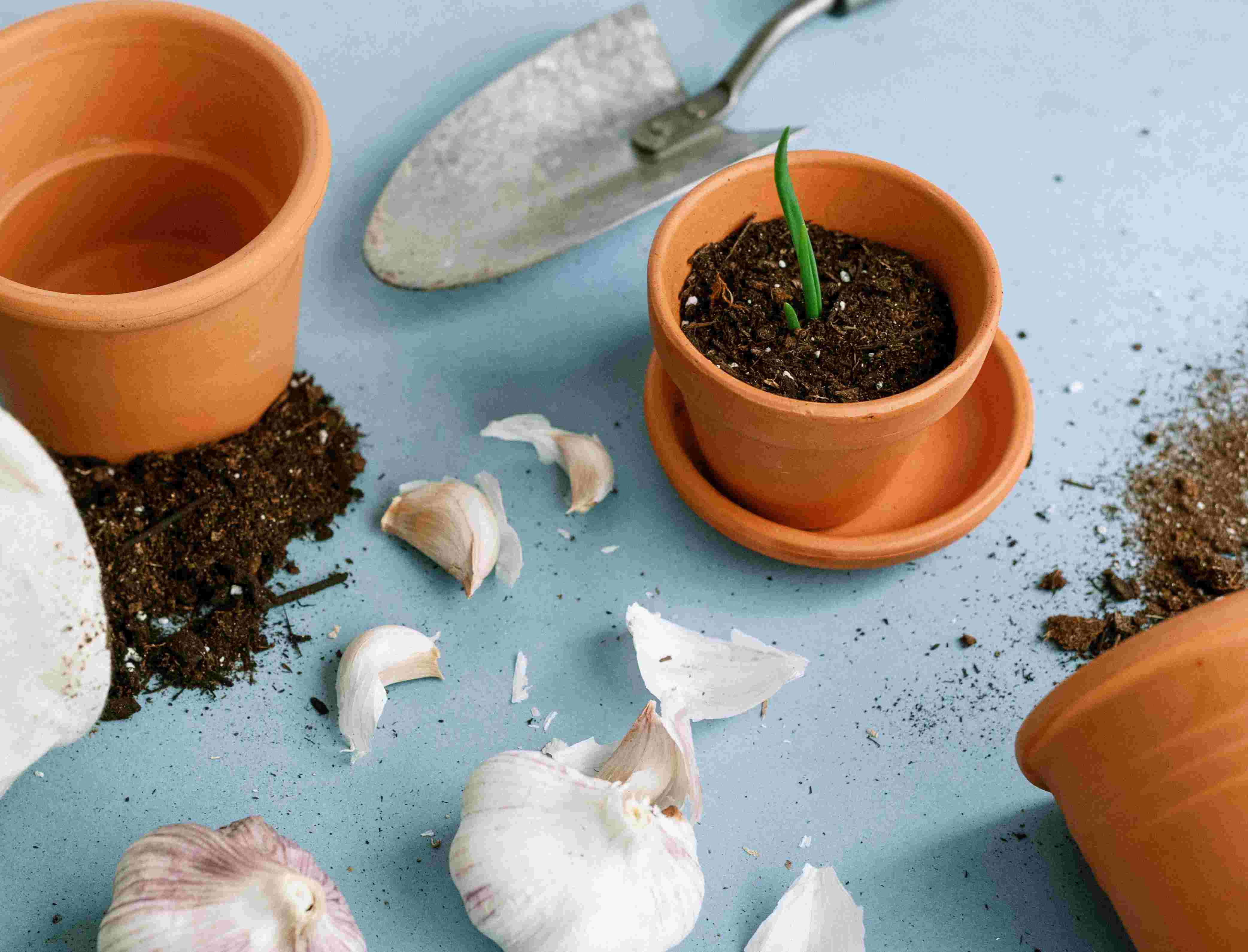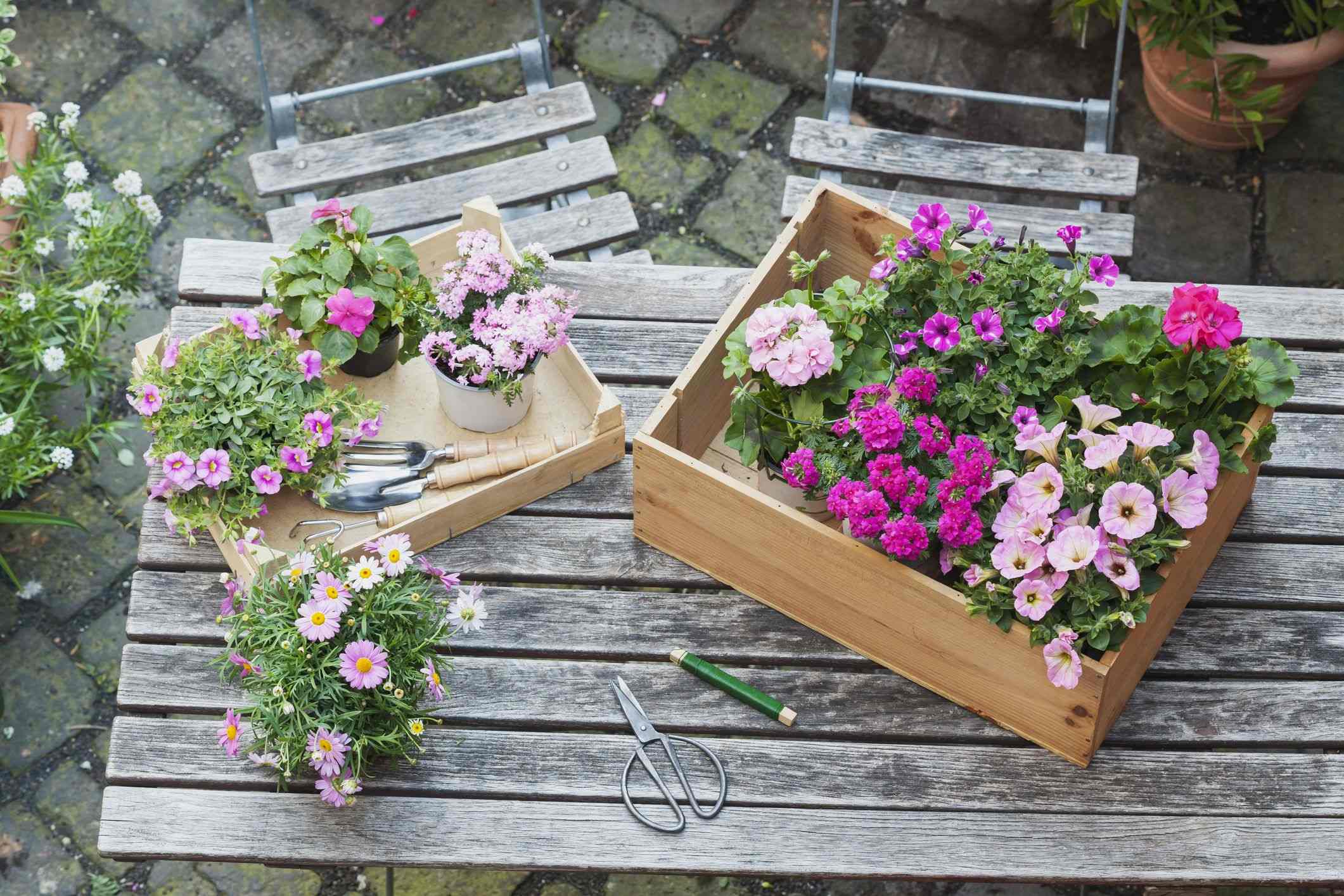Home>Types of Gardening>Edible Gardening>How To Prepare Fresh Cantaloupe Seeds For Planting


Edible Gardening
How To Prepare Fresh Cantaloupe Seeds For Planting
Modified: January 22, 2024
Learn how to prepare fresh cantaloupe seeds for planting in your edible gardening journey. Start growing your own delicious melons today!
(Many of the links in this article redirect to a specific reviewed product. Your purchase of these products through affiliate links helps to generate commission for Chicagolandgardening.com, at no extra cost. Learn more)
Table of Contents
Introduction
Welcome to the world of edible gardening! There’s nothing quite as rewarding as growing your own food, and one of the easiest and most delicious fruits to start with is cantaloupe. Juicy, sweet, and bursting with flavor, cantaloupe is a favorite among gardeners and food lovers alike.
But before you can enjoy those succulent slices of cantaloupe, you’ll need to know how to prepare the fresh cantaloupe seeds for planting. Planting your own cantaloupe seeds not only allows you to control the quality of your plants but also offers a gratifying sense of accomplishment as you watch them grow from tiny seeds into thriving vines. In this article, we will guide you through the process of selecting ripe cantaloupe, scooping out the seeds, cleaning and drying them, and storing them properly for future planting.
By following these steps, you’ll be well on your way to cultivating your own vibrant cantaloupe plants and enjoying the bountiful harvest. So, let’s dive in and explore the fascinating world of preparing fresh cantaloupe seeds for planting!
Selecting Ripe Cantaloupe
When it comes to selecting ripe cantaloupes, there are a few key factors to consider. By choosing the right cantaloupe, you’ll increase your chances of obtaining high-quality seeds that will result in healthy and delicious plants.
First and foremost, look for a cantaloupe with a sweet aroma. A fully ripe cantaloupe emits a delightful fragrance that is hard to miss. Take a moment to inhale the scent near the stem end to ensure it has a strong, sweet smell. Avoid cantaloupes that don’t have any aroma or smell off-putting.
Next, examine the cantaloupe’s exterior. A ripe cantaloupe should have a firm, even skin with a well-defined net-like texture. The netting should be prominent and free from any signs of wrinkling or soft spots. Additionally, the skin color should be a golden hue, indicating that it has reached full maturity.
Give the cantaloupe a gentle tap and listen for a hollow sound. A ripe cantaloupe will produce a deep, resonant sound, while an unripe one will sound dull. This tapping technique helps to assess the ripeness by checking the density of the fruit.
Lastly, check the stem end of the cantaloupe. It should be slightly soft and easily yield to gentle pressure. Avoid cantaloupes with green or reddish stems, as they are likely underripe. Opt for those with a dry, beige stem, which indicates maturity.
By following these guidelines, you’ll be able to handpick the perfect cantaloupe and ensure that the seeds inside are prime for planting. Remember, selecting ripe cantaloupes lays the foundation for a successful gardening journey.
Scooping Out the Seeds
Once you have selected a ripe cantaloupe, it’s time to scoop out the seeds. This step is crucial as it allows you to extract the seeds from the flesh of the fruit, preparing them for cleaning and drying.
Start by cutting the cantaloupe in half lengthwise. Then, using a spoon or scoop, gently remove the seed cavity from each half. Take care not to damage the seeds while scooping.
You will notice that the seed cavity is filled with a gelatinous substance. This substance can inhibit proper seed drying and can lead to mold or fungus growth. To avoid this, place the seeds in a sieve or colander and rinse them under cold water. Using your fingers, separate the seeds from the flesh, ensuring they are clean and free from any pulp or debris.
During this process, it’s important to be gentle with the seeds. Try to handle them as little as possible to prevent damage or bruising. You can also use a strainer to help remove any remaining flesh or membrane that might be clinging to the seeds. Once the seeds are separated and cleaned, proceed to the next step of the process.
Scooping out the seeds is a simple but essential task in preparing fresh cantaloupe seeds for planting. By taking the time to properly extract the seeds from the fruit, you are setting the stage for successful germination and healthy plant growth.
Cleaning the Cantaloupe Seeds
After scooping out the seeds from the cantaloupe, it’s important to clean them thoroughly to remove any remaining residue or debris. Properly cleaning the cantaloupe seeds will help ensure the seeds’ viability and prevent the growth of mold or fungus during storage and planting.
Begin by placing the cleaned seeds in a bowl of lukewarm water. Gently swirl the seeds around to rinse off any remaining pulp or flesh. You can use your fingers to rub the seeds between your palms to help loosen and remove any stubborn residue.
Once the water becomes cloudy, transfer the seeds to a fine-mesh sieve or colander. Rinse the seeds once again under running water, using your fingers to separate and clean each seed individually. This meticulous process ensures that each seed is free from any clinging debris.
As you clean the cantaloupe seeds, inspect them for any signs of damage or disease. Discard seeds that appear discolored, shriveled, or have strange markings. Select only the plump, healthy-looking seeds for further processing.
Once the seeds have been thoroughly cleaned and inspected, pat them dry gently with a clean towel or paper towel. Be careful not to apply too much pressure, as excessive force can damage the seeds.
Cleaning the cantaloupe seeds is a crucial step in preparing them for planting. By taking the time to remove any remaining residue or debris, you are ensuring that your seeds are in the best possible condition for successful germination and the growth of healthy cantaloupe plants.
Drying the Cantaloupe Seeds
Once the cantaloupe seeds have been properly cleaned, it’s time to dry them thoroughly. Drying the seeds is a crucial step in preparing them for storage and later planting. Properly dried seeds have a higher chance of successful germination and healthy growth.
Start by spreading the clean, damp seeds in a single layer on a flat surface, such as a clean paper towel or a mesh drying screen. Make sure the seeds are spread out and not clumped together to allow for adequate air circulation during the drying process.
Place the seeds in a warm, well-ventilated area away from direct sunlight. A well-ventilated room or a covered outdoor space is ideal. The seeds should be exposed to circulating air to facilitate the drying process. Avoid damp or humid areas, as excess moisture can lead to mold or fungus growth.
Allow the seeds to air dry for about one to two weeks, or until they are completely dry and feel hard to the touch. During this time, it’s important to periodically check the seeds for any signs of moisture or mold. If you notice any signs of dampness or mold, remove those seeds immediately to prevent contamination.
As the seeds dry, you may notice that they start to darken in color. This is a natural occurrence and is indicative of the drying process. The seeds will shrink slightly and become lighter in weight as they lose moisture.
Once the cantaloupe seeds are fully dried, they are ready for storage. It’s important to ensure that the seeds are completely dry before storing them to prevent any potential damage or degradation during storage.
Drying the cantaloupe seeds thoroughly is a vital step in the seed preparation process. By properly drying the seeds, you are setting the foundation for successful germination and the growth of healthy cantaloupe plants in the future.
Storing the Cantaloupe Seeds
After the cantaloupe seeds have been properly dried, it’s important to store them correctly to maintain their viability and ensure their long-term viability for future planting. Proper storage conditions will help preserve the seeds’ quality and increase the chances of successful germination.
The first step in storing cantaloupe seeds is to ensure they are completely dry. Any residual moisture may lead to mold or fungal growth during storage, which can render the seeds unusable. Make sure the seeds are thoroughly dried before proceeding.
Next, transfer the dried seeds into airtight containers such as glass jars or resealable plastic bags. The containers should be clean, dry, and capable of sealing tightly to prevent air and moisture from entering. Label each container with the date of harvest and the variety of cantaloupe seeds inside.
Store the containers in a cool, dark, and dry place. It’s important to keep the seeds away from direct sunlight, as exposure to light can affect their viability. Ideally, the temperature should be around 40-50°F (4-10°C) to maintain seed dormancy and prevent premature germination.
Avoid storing the seeds in areas with high humidity, as excess moisture can lead to mold or fungal growth. Basements, root cellars, or refrigerators are potential options for storing cantaloupe seeds due to their cool and dry environments. Just make sure the area is well-ventilated to prevent the buildup of condensation.
Regularly check on the stored seeds to ensure their condition. Every few months, inspect the containers for any signs of moisture or mold. If any seeds appear damaged or show signs of degradation, remove them from the storage to prevent the spread of potential issues.
By following these storage guidelines, you can preserve the quality of your cantaloupe seeds and ensure their viability for future planting. With proper storage, your seeds will be ready to bring forth a bountiful harvest of delicious cantaloupes when the time comes.
Conclusion
Congratulations! You’ve learned the essential steps to prepare fresh cantaloupe seeds for planting. By selecting ripe cantaloupes, scooping out the seeds, cleaning and drying them, and storing them properly, you have set the stage for successful germination and the growth of healthy cantaloupe plants.
Remember, selecting ripe cantaloupes is crucial as it ensures you obtain high-quality seeds. Scooping out the seeds carefully and cleaning them thoroughly removes any pulp or debris, enhancing their chances of successful growth.
Drying the cantaloupe seeds completely before storage prevents any residual moisture and maintains their viability. Proper storage conditions, including cool and dark environments, will safeguard the seeds from environmental factors that could reduce their quality.
In the future, when the planting season arrives, you can retrieve your stored cantaloupe seeds. With proper care and nurturing, these seeds have the potential to grow into vigorous cantaloupe vines that will reward you with sweet and succulent fruits.
So, why wait? Grab some ripe cantaloupes, follow these steps, and embark on your edible gardening journey. Enjoy the harvest of your labor as you savor the taste of homegrown cantaloupes, knowing that you played a part in their growth from seed to table.
Happy gardening!
